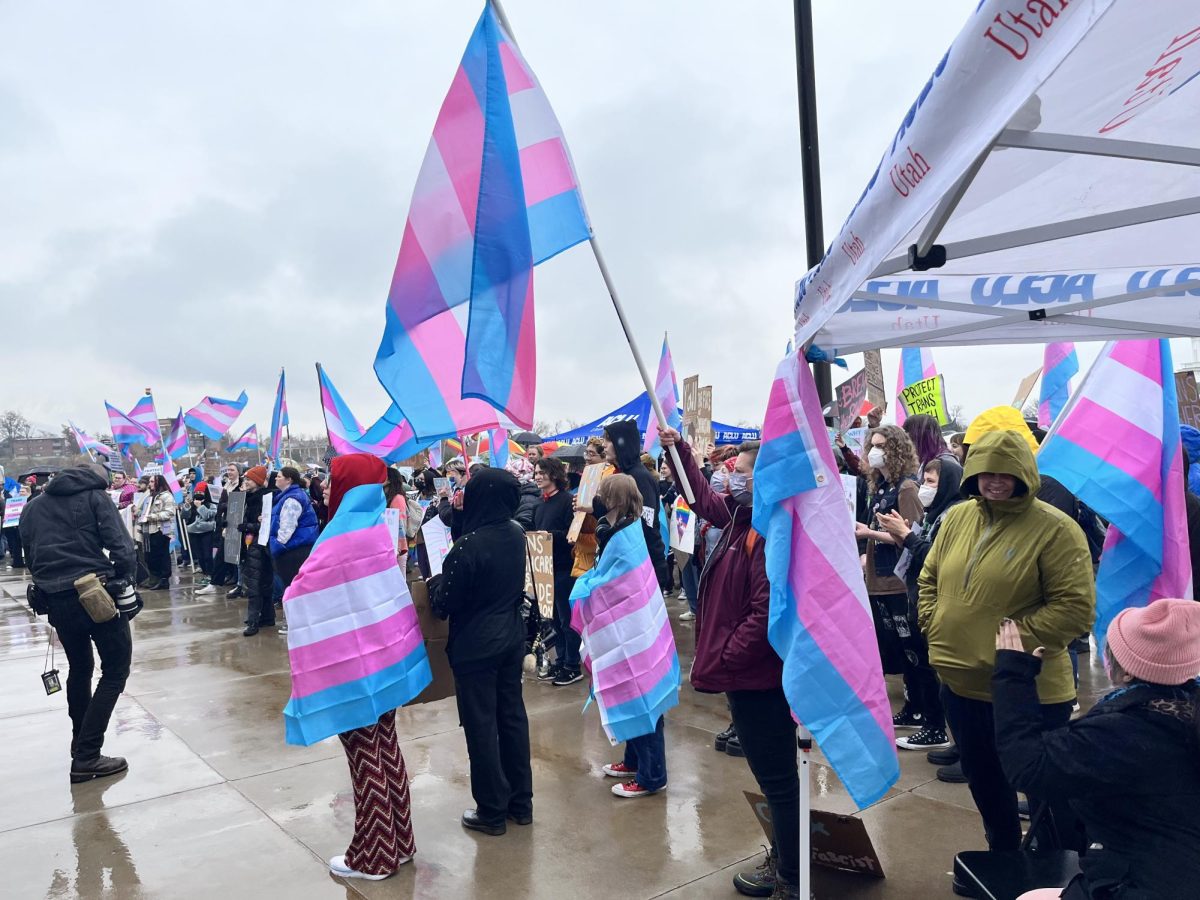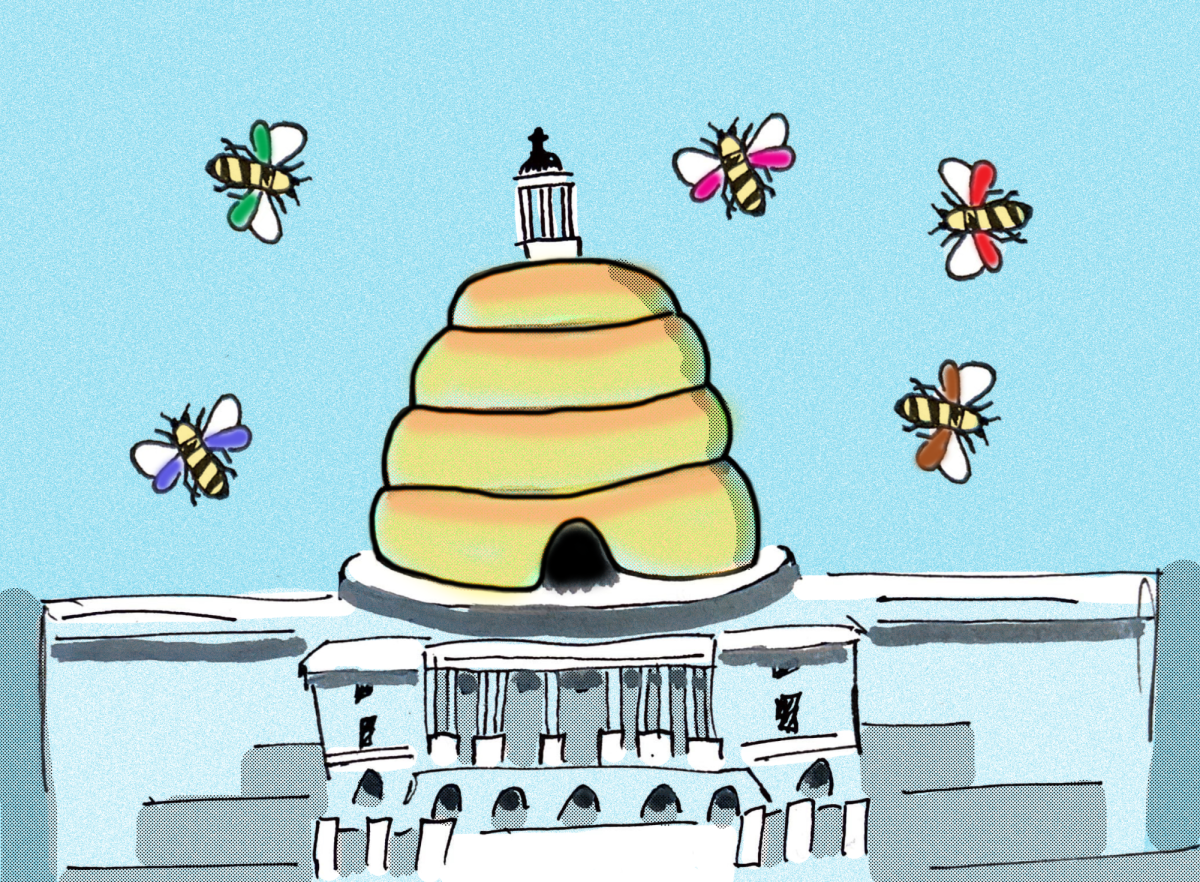Christopherson: Diverse Classrooms Need Diverse Teachers. Increased Bonuses Are A Great Start.
February 14, 2020
The 2020 Utah State Legislative session is well underway, with several bills proposing changes to education. One such bill, HB 107, would expand upon a previous law by increasing the bonus amount for teachers in high poverty schools. If it passes, this bill will allow great teachers in those schools to earn an extra $7,000 per year – a necessary incentive, considering that schools with high numbers of low-income students are often perceived as uniquely challenging work environments.
It’s important to acknowledge that HB 107, which is sponsored by Rep. Mike Winder and Sen. Lyle Hillyard, is a good, important bill. It contains an essential stipulation that only Utah’s most effective teachers receive incentive bonuses to teach in high poverty schools. That’s a critical specification. Without it, hundreds of teachers who aren’t successful in their current schools (teachers who might not be best equipped to support low-income students) would take jobs in high poverty schools, perpetuating the educational inequity disadvantaged children already face. We need to put our best teachers to work where they’re most needed, and this bill would help make that happen.
While enticing current teachers to leave their classrooms for high poverty schools is a great start, it is not the final solution to this problem. Poor students and students of color often need more than a competent teacher – they need to see themselves represented as they learn. Moving every one of Utah’s best teachers to high poverty schools would not be enough to address poor academic outcomes and post-secondary achievement among low-income students. Utah needs teachers who grew up poor, teachers who were first-generation college students and teachers of color to work in these schools. If legislators really want to improve academic outcomes among some of the most neglected students in the state, they must attract more people from those same backgrounds to become teachers themselves.
Research shows all students are more successful in school when they have teachers from diverse racial backgrounds. This fact is especially true for students of color, who are unfortunately more likely to live in poor neighborhoods and attend schools with fewer resources and less funding. That’s because teachers who can relate to their students tend to both understand their struggles and hold higher expectations for them. A report by the Center for American Progress found that “teachers of color tend to provide more culturally relevant teaching and better understand the situations that students of color may face.” Equally critical, they “tend to have more positive perceptions of students of color” — a factor that has a heavy bearing on student success.
It shouldn’t come as a surprise that, right now, the vast majority of Utah teachers are white. Admittedly, this is a kind of chicken-and-egg problem — we need more students of color to graduate and go to college to become teachers who can help students of color graduate and go to college. That said, investing more money in education is never a bad idea in Utah, and raising teacher salaries seems like a great place to start to address this complicated issue.
Envision Utah, a local non-profit organization, has extensive research proving that raising teacher pay would make teaching a drastically more competitive profession. This change would attract thousands of more college students to go into the classroom. While there’s no breakout research about students of color considering teaching careers, I imagine that first-generation college students from diverse or disadvantaged backgrounds feel some pressure to make their post-secondary education a worthwhile investment. As things stand, a teacher’s salary isn’t exactly a great return on investment, especially as college tuition costs continue to rise.
It follows that raising teacher pay could build a more diverse teacher workforce and improve outcomes for Utah’s diverse K-12 students. Moving Utah’s effective white teachers into high poverty schools can only get us so far.
There is no cheap or easy way to improve student achievement in low-income areas — and if the recent failed tax reform bill is any indication, increasing salaries for every teacher in Utah and diversifying recruitment is probably the last thing the legislature has in mind. That doesn’t mean we should stop asking for that to happen. But in the meantime, passing HB 107 would be much better than nothing.












